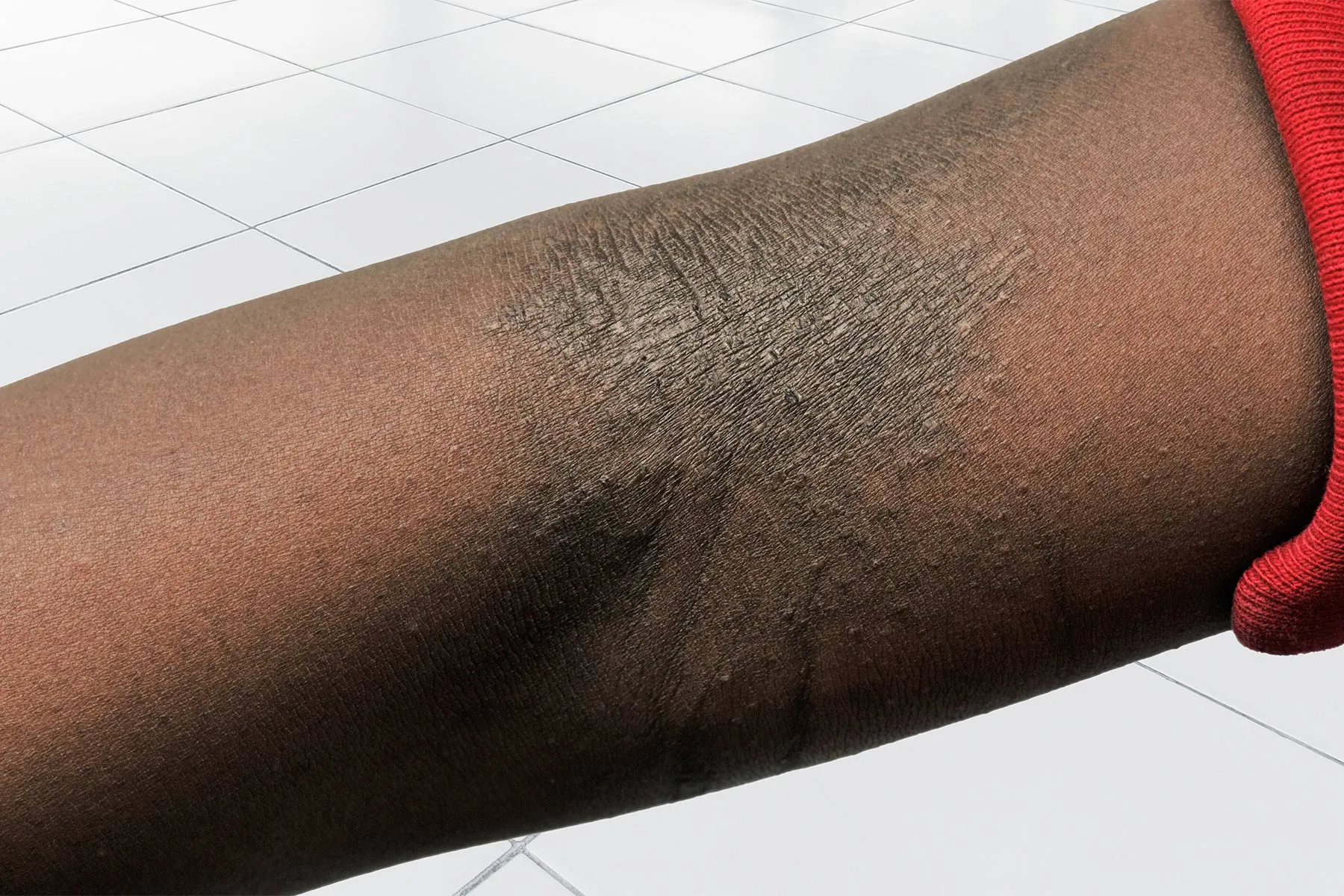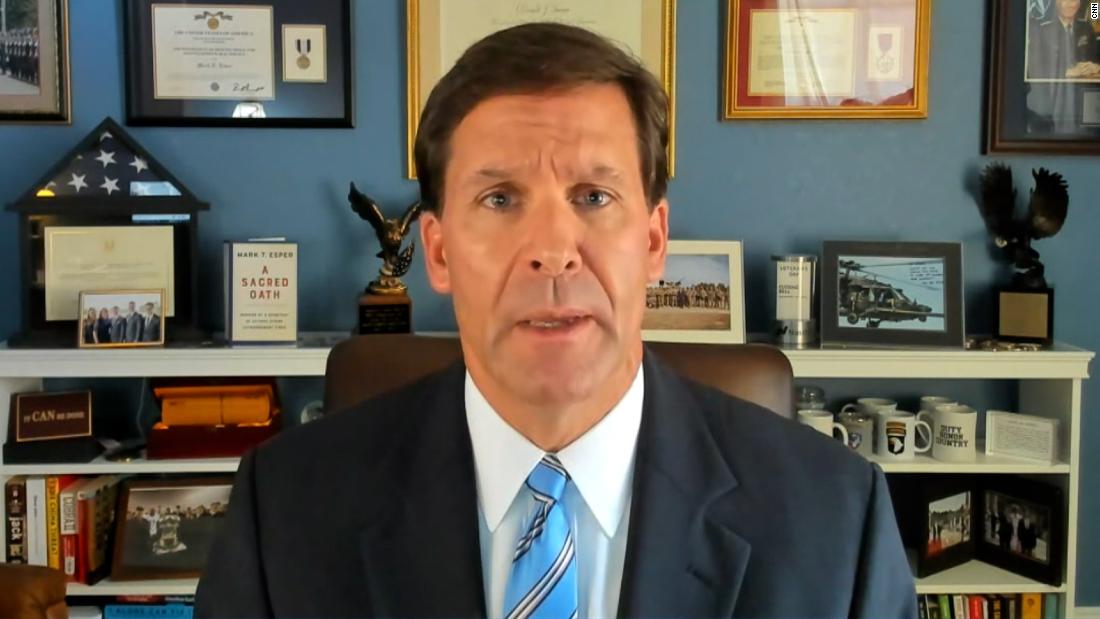Tackling ‘The Thin Blue Lie’
Police officers have a responsibility to report what happens when interactions with civilians involve the use of deadly force. However, what they document and what they leave out, accidentally or purposely, is often ignored as a contributing factor to the loss of trust with communities.

In Los Angeles on March 3, 1991, four police officers brutally beat Rodney King with Tasers, batons, their own feet, and fists.
King, a Black man who had been pulled over after speeding, was beaten so badly that he sustained 11 skull fractures, a broken eye socket, facial nerve damage and permanent brain damage.
After the incident, the police officers involved filed an internal report, saying that King suffered only cuts and bruises “of a minor nature.” Sgt. Stacey Koon, the lead supervisor at the scene, wrote in his daily report there were “several facial cuts due to contact with asphalt. Of a minor nature. A split inner lip. Suspect oblivious to pain.”
This is how the story would have ended had it not been for George Holliday and his Sony Handycam. Holliday, apparently the sole non-police witness to the beating, filmed the incident from his nearby house.
Those 89 seconds became a spark that ignited and exploded across Los Angeles.
Over 30 years later, the world has heard and witnessed painfully similar incidents: Laquan McDonald, Eric Garner, Daniel Prude and perhaps, most impactfully, George Floyd.
“Man Dies After Medical Incident During Police Interaction,” read the official report based on Minneapolis officers’ accounts of the May 25, 2020 incident, circulated to the media, after Floyd was murdered.
Similarly, the five-page report by New York Police Department officers about the Garner incident failed to mention that one of the officers placed his hands in a chokehold around Garner’s neck, which resulted in his death.
Just as in the King case three decades earlier, the truth might never have emerged if cell phone videos taken by civilian eyewitnesses at the scene had not become available.
Some commentators have described these early misleading accounts as the “Thin Blue Lie” ―an ironic reworking of the “Thin Blue Line” phrase defenders of police use to describe law enforcement’s role as a bulwark against criminal chaos.
In a paper published earlier this year by The American Bar Association, authors Drew Shenkman and Kelli Slade wrote that police records and narratives, especially those created in the immediate aftermath of law enforcement’s use of deadly force, frequently fail to follow the expectation that they are fair and independent accounts.
“The most dangerous form of lying, the “code of silence,” [is] where officers fail to identify serious misconduct in the ranks in order to protect other officers, even where it results in harm to a defendant or innocent victim,” the paper said.
“This thin blue lie often manifests itself in the worst way when officers are asked to record their actions after using excessive force, for although it is well known that some officers use unnecessary and excessive force, it is unlikely that officers report that level of force on an official form.”
While these codes of silence often enable misconduct and inaccuracy, police departments, journalists and lawmakers are starting to talk about what needs to be done differently.
Duty to Report
How many other incidents have been buried —or had downright misleading police reports that never went beyond precinct records?
Police have a responsibility to document what happens when interactions with civilians involve the use of force. However, these accounts are filed according to a set of rules governed by individual agencies, and the level of accuracy or transparency depends on the individual officer, his colleagues, or immediate supervisor.
The problem often is ignored in discussions about incidents involving excessive use of force. Some analysts argue that a different and more standardized approach to report writing might operate as a brake on officers who know that their mistakes or misconduct will not be concealed.
Phillip Atiba Goff, director of the Center for Policing Equity and a professor of African-American Studies and Psychology at Yale, said in an NPR special series the mishandling of reports is part of “what’s been wrong with law enforcement.”
“I’m not saying all police lie about everything all the time,” he said in a recent NPR interview. “Communities have known for some time that a police report is not the whole story, and it’s not the way that the community would tell the story.”
Thaddeus Johnson, a former police officer in Memphis, Tenn., who is now an assistant professor of criminal justice and criminology at Georgia State University, agrees.
“I don’t remember (*being taught) a whole lot about report writing, other than who, what, when, where, how, and all of those things,” Johnson said in an interview with The Crime Report.
“Fundamentally, we need to take report writing more seriously in the profession.”
Although arrests soon became “routine” for him, he remembers his first arrest as if it were yesterday.
He was on a foot chase, running after a man at rush hour. The man he was after slid across a car, and Johnson came across him and tackled him.
Johnson however, didn’t remember tackling him at all.
“I was so adrenaline filled, that I didn’t realize I tackled him,” Johnson recalled in an interview with The Crime Report. “I just really remember feeling, okay, I have him restrained on the ground, but that nano-second just happened, and I didn’t even think about that ‘till we’re talking now.”
Johnson said he didn’t report tackling the man. He wasn’t trying to lie, he explained, but “I was so caught up in the moment, to me it never happened.”
“It wasn’t because I wasn’t being transparent,” he added.
Johnson, now a senior research fellow with the Council on Criminal Justice, says in his 10 years on the Memphis force (where he reached the rank of lieutenant), he doesn’t recall much emphasis on report writing.
While it doesn’t take rocket science to write reports, he said. even changing different subject/form agreement clauses can change the narrative.
Johnson also noted that while the knowledge of how to write a report was one important part of an officer’s training, it has to include an emphasis on transparency.
“We’re talking about police reform and all these things, and we’ve talked about policy changes. But no one ever talks about report writing,” Johnson said.
“Are (recruits) really being trained on how to write these types of reports?”
If a police officer purposefully writes a false or inaccurate police report, they can face significant disciplinary actions. Many jurisdictions have statutes that protect public records from being intentionally damaged.
But former New Orleans Police Chief Ronal Serpas, a member of the Council on Criminal Justice Board of Trustees, says reports of incidents can be distorted without purposeful or malicious intent.
Serpas said police officers are not immune to a “fight or flight response.” What people see in the middle of a high-stress situation may be different than what actually happens.
Serpas additionally pointed to the extreme pressure police are put under in putting together a coherent account of an incident after the fact. When information emerges that is different from what appeared in the original report, the assumption is that the officer is “lying.”
“Mostly, that’s not the case,” Serpas said. “Often we learn something new, or we have greater information, and the story isn’t the same on Monday as what we thought it was on Sunday.”
Hiding the Truth
But what about when the reporting officer consciously makes an effort to conceal or cover up their actions?
Experts contacted by The Crime Report acknowledge there are few ways for police managers to independently become aware of such cases. The reporting structure itself is rigid, and an officer may be afraid to implicate colleagues.
Although officers in a growing number of agencies are required now to have body-worn cameras―and to turn them on when they are engaged in police duties―written reports still provide a crucial record. They allow the frontline officer to frame whatever happened, and remove anything that might be a warning flag for their superiors.
Chuck Wexler, the executive director of the Police Executive Research Forum, a Washington, D.C.-based think tank, says the burden is often on the chief or senior managers to instill an obligation for report accuracy.
“At the end of the day, filing an accurate police report is the responsibility of every department, of every officer,” Wexler said. “Officers have been disciplined for failing to provide accurate information.”
Wexler, quoted in the Washington Post, asserts that officers usually aren’t lying when they report the details of a crime inaccurately. Instead, they’re simply under the same time pressures as media reporters to distribute information to the public.
In Sacramento, Ca., police reports are reviewed by supervisors, Karl Chan, the police department’s Public Information Officer, wrote in an email to The Crime Report.
Sacramento has a general order on report writing. It requires officers to conduct a thorough investigation into all incidents and determine whether a report is necessary, and which point they are required to “prepare a complete and accurate” account of what happened.
Sacramento officers also receive 57.5 hours of training in report writing in the police academy which exceeds minimum California Peace Officer Standards and Training (POST) requirements, which are 48. They also have a transparency page where information on the report writing and more can be found, Chan wrote.
In Charlottesville, Va., police managers match body camera footage with police reports, although this is done randomly, Police Chief RaShall M. Brackney wrote in an email.
“There are thousands of hours on just one officer’s body camera, so it would be impossible to review everything all the time,” Brackney explained.
The general rule is that reports on use-of-force incidents are reviewed by the assistant chief, and if weapons are involved, the report is sent to the chief.
The Charlottesville Police Department similarly has guidelines for intervention and reporting. The department posts every use of force to their website.
Brackney said two officers were “separated” from the department for lack of compliance with the reporting guidelines, and one of those officers was criminally charged.
The Prosecution Bias
Peter Moskos, a professor at John Jay College, said one reason that police reports about use-of-force incidents underemphasize anything that might raise concerns is that they are geared towards prosecution, focusing more on the crime than on the arrest.
“In a summary, you’re trying to cut stuff out,” Moskos said. “The question is, what are you cutting out, and are you doing it properly or effectively, or who’s your intended audience? But there’s always going to be information omitted.”
Since the language used in police reports is often couched in legal terms, what’s left out is often what outsiders would consider evidence of bias: Why was the suspect stopped; why was it necessary to restrain him forcefully?
“The way bias (emerges) isn’t because what you’re saying isn’t true, it’s that you’re leaving out other information that should have been in there, either intentionally, or either maliciously, or just because you think it’s not important,” Moskos said.
Ultimately, the only way to ascertain whether a report is an accurate depiction is to test it in the courtroom. Although a police report itself is usually considered hearsay and is not admissible as evidence, it’s helpful to the prosecution because it memorializes the facts and circumstances of the case, according to Michael Weinstein, a Florida criminal defense lawyer.
“Oftentimes reports do not reflect accurately what happened,” Weinstein wrote in an email. “And the job of [a] lawyer is to make that determination.”
Will Anything Change?
The 30 years that have passed since Rodney King was beaten has seen some major changes in police practices, but less-than-transparent police reporting appears to be a system-wide issue.
The most effective counter to what police say about a use-of-force incident is footage from body-worn cameras, many experts say―even allowing for the difficulty in going through a massive amount of material―or the video taken by a civilian eyewitness.
However, Thaddeus Johnson believes that introducing a culture of “integrity” into police practices at the grassroots level is critical.
“Nothing beats report writing, nothing beats transparency, nothing beats integrity, at the end of the day,” he said.
Johnson said one thing he started emphasizing to rank-and-file officers as he moved into management positions was to be as detailed as possible. But he indicated that real change would come with a change in the type of young officers entering the profession.
“We either need to have educators or professionals who teach writing to come in, or to hire officers with a better education or more formal education so that perhaps they can develop those skills,” Johnson said.
Chief Brackney wrote that with any policy, practice, training or procedural process, expecting 100 percent compliance 100 percent of the time is a fallacy.
“No department can ever be fully confident in its’ processes,” Chief Brackney wrote in her email to The Crime Report.
“What we must do is create policies, practices and processes that inform a culture of compliance―and more importantly, one that allows for personnel to safely, and confidently report when officers do not,” she said.
Additional Reading:
Truth, Lies and Police Lineups, The Crime Report, May 4, 2021
Anna Wilder is a TCR justice reporting intern. She welcomes comments from readers.

 Landwebs
Landwebs 



















